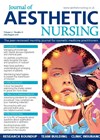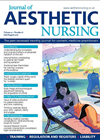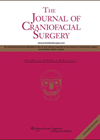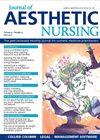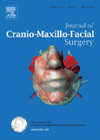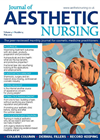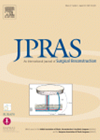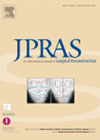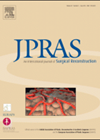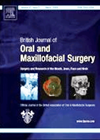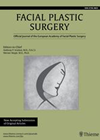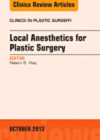
Journal Reviews
Managing photodamage
The authors explore components of skin ageing, discussing extrinsic as well as intrinsic factors, with the focus upon the process of photoageing. The anatomy of the epidermis is discussed, supported by diagrams, in relation to extrinsic factors inducing photodamage, in...
Effects of ultraviolet radiation on the skin
A comprehensive paper concerning the dermal effects of sun exposure, including strategies which aesthetic nurses can adopt to guide patients in making evidence-based choices in selecting suitable sun protection. The key principles of ultraviolet radiation (UVR), including the immediate and...
Psychosocial impact of otoplasty
This paper examines the impact of otoplasty on quality of life. Eighty-one patients who underwent otoplasty were evaluated using questionnaires. They were divided into three age groups: Youth 1 (Y1) = 8-12 years (n = 17), Youth 2 (Y2) =...
Controlled trauma technique when injecting HA dermal fillers
The author presents an interesting discussion regarding the potential for enhanced neocollagenesis through a patented ArqueDerma® dermal filler technique. A thorough overview is conveyed of the dermal collagen matrix, including the characteristics of type I and type III collagen. The...
An overview of microsurgical reconstruction of the head and neck worldwide
Microsurgical reconstruction is an integral part of the treatment following ablation for malignancy or trauma. Currently there are no clear treatment guidelines following tumour resection. This was recognised a few years ago and in 2008 various collaborative groups were founded...
Nutraceuticals and skin health
An interesting discussion on the evidence surrounding nutraceuticals. The author describes nutracosmetics to be one of the fastest growing subsections of the nutraceutical industry. A comprehensive analysis of topical and dietary antioxidant protection is conveyed with conclusive evidence to demonstrate...
Post auricular advancement flap for partial helix defect repair
Ear defects can be the result of trauma, burns or ablative surgery. The three dimensional structure of the pinna with its subunits presents a difficult reconstructive challenge as successful reconstruction requires both similar tissue cover and a supporting framework. Partial...
Ultrastructural changes in keloid scars
One of the most intriguing and infuriating problems confronting plastic surgeons is the occurrence of hypertrophic and keloid scars, in some patients – particularly black Africans – but not in others. Many theories have been proposed regarding the cause of...
Additional venous anastomoses to safeguard DIEP flaps
That DIEP flaps can be troublesome is not news and many descriptions exist trying to circumvent these problems. The most common problem is venous congestion in the flap and this paper presents an ingenious method of anticipating and forestalling such...
Changing trends in the management of osteoradionecrosis (ORN)
In the wake of new drugs that have been introduced for ORN like pentoxifylline, tocopherol, clodronate etc, traditional ‘conservative’ management of osteoradionecrosis (ORN) including minimal surgical debridement and hyperbaric oxygen therapy (HBOT) is under review. This study is a retrospective...
Conchal cartilage to reconstruct nasal septum
The authors discuss a common problem involving the loss or damage to the nasal septum. The most common causes are iatrogenic and previous surgery. The loss of the nasal septum is frequently also seen in repeated trauma and reconstruction using...
Condylar fractures – current thinking
The author presents a review of 133 papers, most of which are recent and some of which are historic. The topic examined is that of condylar fractures including condylar neck and coronoid process. This topic has always been controversial and...

